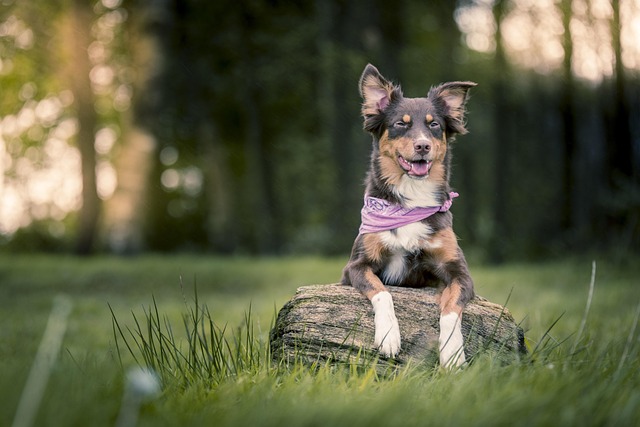
How do i train my dog to be obedient?
Watching your dog dart across the park ignoring your calls isn’t just frustrating—it can put them at risk near busy streets or public spaces.
Dogs are amazing companions, but even the sweetest pups can develop habits that leave you scratching your head—jumping on guests, chewing your favorite shoes, or barking nonstop at the mailman. Figuring out how to guide them toward better choices is part of the journey, and it starts with understanding that correction isn't about scolding—it's about teaching.
Most dogs act out because they’re confused, excited, or just don't know what's expected. That's where small, consistent rewards make all the difference. When your dog sits instead of jumping when someone arrives, a treat or enthusiastic praise tells them, “This is what I want.” Over time, they’ll connect good actions with good things, making bad behavior feel less appealing. It’s simpler than it sounds, and it builds trust—something no harsh words ever will.
Watching why your dog behaves a certain way matters just as much as stopping the behavior itself. A pup that chews the couch might be bored, not misbehaving. Leaving out a puzzle toy or taking them for an extra walk could solve the problem without a single “no.” Similarly, excessive barking might stem from anxiety—recognizing that means you can comfort them instead of reacting in frustration. It’s about meeting them where they are, not just demanding change.
 Sticking to the same rules helps, too. If one family member lets the dog beg at the table while another shuts them out, it’s no wonder they get mixed signals. Everyone in the house needs to agree on what’s okay—like staying off the furniture or waiting to eat until told—and follow through every time. Consistency turns confusion into confidence, and that’s when you’ll see real progress.
Sticking to the same rules helps, too. If one family member lets the dog beg at the table while another shuts them out, it’s no wonder they get mixed signals. Everyone in the house needs to agree on what’s okay—like staying off the furniture or waiting to eat until told—and follow through every time. Consistency turns confusion into confidence, and that’s when you’ll see real progress.
Timing is key, especially when you need to redirect them. If you catch your dog heading for the trash, a gentle “let’s go” and a toy in hand steers them away before things get messy. Yelling after the fact? They won’t connect the scold with the action they took five minutes ago. It’s about guiding them in the moment, so they learn what’s off-limits before the habit sticks.
Remember, your community might have guidelines about Dog Behavior,too. A dog that nips or chases could upset neighbors or run afoul of local rules, so getting a handle on those behaviors isn’t just about your home—it’s about being a responsible member of your neighborhood. If things feel stuck, a trainer who uses kind, science-backed methods can offer tailored tips that fit your dog’s personality.
Correcting bad behavior takes patience, but it’s worth it. When your dog understands what you need, walks become calmer, guests feel welcome, and every day together feels more joyful. They want to make you happy—you just need to show them how.

Watching your dog dart across the park ignoring your calls isn’t just frustrating—it can put them at risk near busy streets or public spaces.

New puppy owners often find themselves rushing to clean up accidents before they set in, and that’s where puppy pad training becomes a game-changer.

If you've noticed your dog's waistline disappearing and your veterinarian has mentioned those few extra pounds, your first instinct might be to simply reduce the amount of food in their bowl.

Training a dog to use a designated spot indoors isn’t as daunting as many new owners fear, but it does take consistency and an understanding of your pet’s needs.

That moment of dread on a walk is all too familiar for many new dog owners. You see another dog approaching down the sidewalk of your neighborhood

If the sight of another dog on your neighborhood walk makes your heart sink as your own dog erupts into a frenzy of barking and lunging, you're not alone.